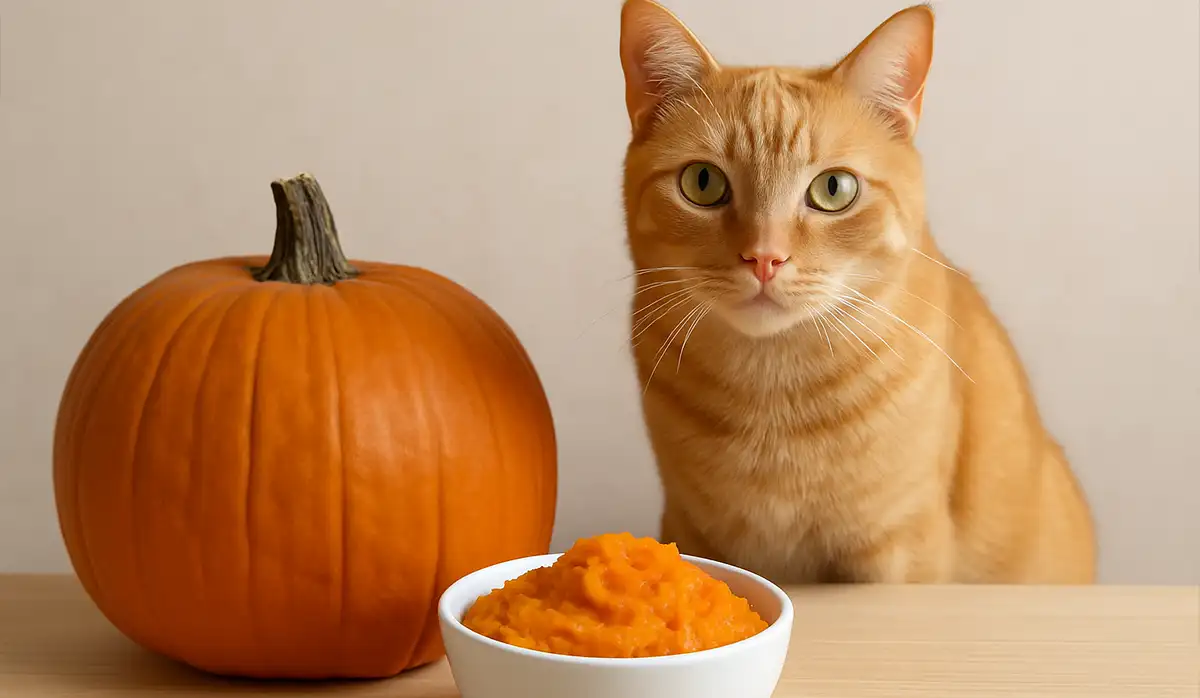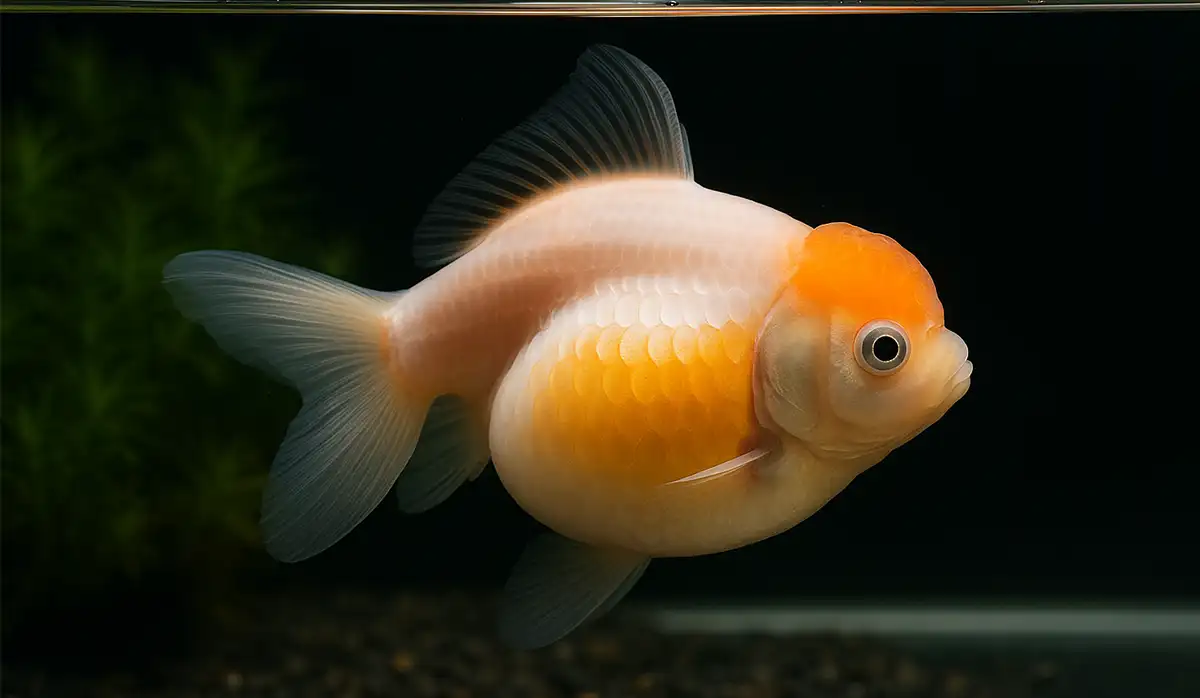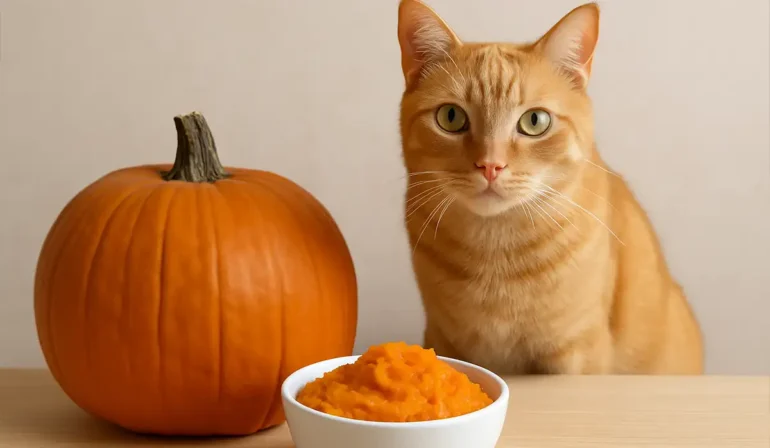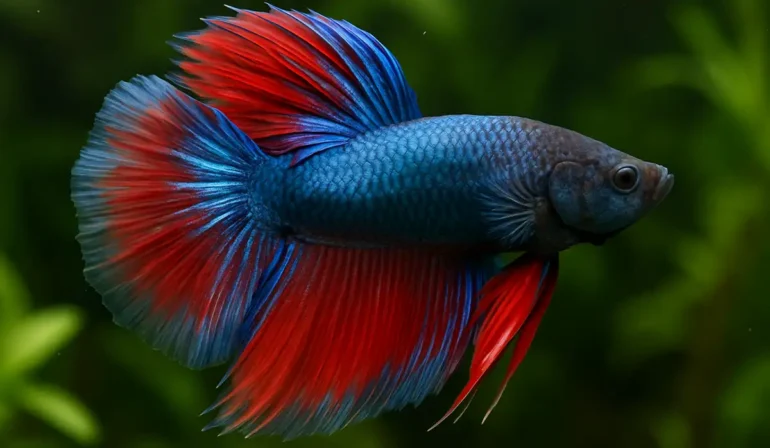Making Homemade Cat Food: Better, Easier, Happier
By Pet Luvz on February 28, 2025
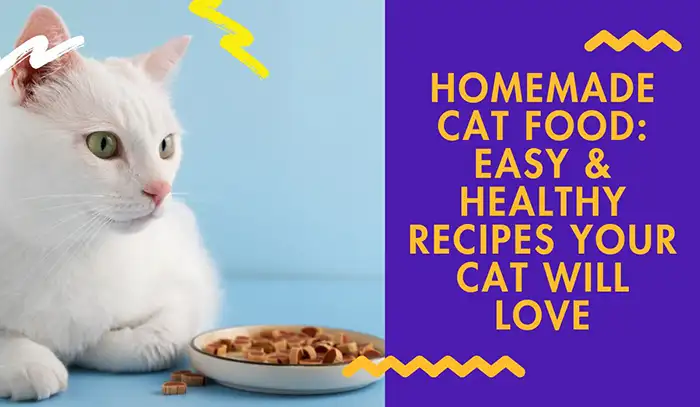
Table of Contents
Have you ever looked at the ingredients list on your cat’s food and wondered what all those additives and preservatives are? More pet owners are turning to homemade cat food as a way to provide high-quality, fresh, and nutritious meals tailored to their feline companions’ needs.
Feeding your cat homemade food allows you to control what goes into their diet, ensuring they get essential nutrients without harmful fillers. It’s especially beneficial for cats with allergies, sensitivities, or specific dietary needs. However, making homemade cat food requires careful planning to ensure it meets all of your pet’s nutritional requirements.
In this guide, we’ll explore everything you need to know about making homemade cat food, including key ingredients, recipes, and tips for a smooth transition.
For more tips on pet care, visit PetLuvz.
Understanding Your Cat’s Nutritional Needs
Essential Nutrients for Cats
A well-balanced meal should contain the following:
- High-quality protein (from meat, poultry, or fish)
- Healthy fats for energy and coat health
- Essential vitamins and minerals for overall well-being
For more detailed feline nutrition information, check out ASPCA’s guide on cat nutrition.
Protein Requirements
Your cat’s diet should consist of at least 40-50% protein from animal sources like chicken, beef, fish, or turkey.
Healthy Fats and Oils
Cats need Omega-3 and Omega-6 fatty acids, which are found in fish oil, flaxseed oil, and animal fat.
Necessary Vitamins and Minerals
- Taurine (found in meat) is essential for heart and eye health.
- Calcium and Phosphorus help maintain strong bones.
- Vitamin A and D are necessary for immune health.
Homemade vs. Commercial Cat Food
Pros and Cons of Homemade Cat Food
Pros: ✔ Control over ingredients and quality ✔ Avoid harmful preservatives and fillers ✔ Customize meals based on your cat’s needs
Cons: ✘ Takes time and effort to prepare ✘ Requires careful balancing of nutrients ✘ May need additional supplements
For more insights, read FDA’s guide on pet food.
Homemade Cat Food Recipes
Benefits of Preparing Homemade Meals
Homemade cat food allows you to provide fresh, high-quality ingredients tailored to your cat’s dietary needs. It also helps in avoiding artificial additives, fillers, and preservatives found in commercial pet food. Whether your cat needs a grain-free diet or has specific protein preferences, homemade meals offer full control over their nutrition.
Simple Chicken and Rice Recipe
Ingredients:
- 1 cup cooked chicken (shredded)
- ½ cup cooked rice
- 1 tsp fish oil
- ¼ cup mashed pumpkin
Instructions:
- Mix all ingredients thoroughly.
Turkey and Pumpkin Meal
Ingredients:
- 1 cup cooked turkey (ground or shredded)
- ½ cup mashed pumpkin
- 1 tbsp olive oil
- ¼ cup cooked carrots (mashed)
Instructions:
- Combine all ingredients and mix well.
- Let the mixture cool before serving.
- Store in an airtight container in the refrigerator.
Fish and Sweet Potato Recipe
Ingredients:
- 1 cup cooked salmon (boneless)
- ½ cup mashed sweet potato
- 1 tbsp flaxseed oil
- ¼ tsp taurine supplement (optional)
Instructions:
- Blend ingredients into a smooth consistency.
- Serve at room temperature.
- Store leftovers in an airtight container.
Raw Food Diet Option
Raw diets mimic a cat’s natural eating habits but require careful handling. A balanced raw meal should include raw muscle meat, organs, bones (or a calcium supplement), and added vitamins like taurine.
Tips for Meal Variations
- Rotate proteins to prevent food boredom.
- Use bone broth for added hydration and nutrients.
- Add small portions of leafy greens for fiber.
For more pet food recipes, visit PetMD.
When to Choose Store-Bought Food
If you don’t have time to prepare meals or struggle with balancing nutrients, high-quality commercial food is a convenient option.
Common Ingredients for Homemade Cat Food
Best Protein Sources
- Chicken
- Turkey
- Beef
- Salmon
- Tuna
Safe Vegetables and Fruits
- Pumpkin
- Carrots
- Spinach
- Blueberries
- Peas
Essential Supplements
- Taurine
- Fish oil
- Calcium carbonate
- Vitamin B complex
Ingredients to Avoid
Toxic Foods for Cats
❌ Onions & Garlic ❌ Chocolate ❌ Grapes & Raisins ❌ Dairy (some cats are lactose intolerant)
Homemade Cat Food Recipes
Simple Chicken and Rice Recipe
Ingredients:
- 1 cup cooked chicken (shredded)
- ½ cup cooked rice
- 1 tsp fish oil
- ¼ cup mashed pumpkin
Instructions:
- Mix all ingredients thoroughly.
Transitioning Your Cat to Homemade Food
Switch gradually, replacing 25% of commercial food with homemade every few days. Monitor for digestive issues.
Storing and Preparing Homemade Cat Food
Store meals in airtight containers in the fridge for up to 3 days or freeze for 2 weeks.
Common Mistakes to Avoid
🚫 Not balancing nutrients properly 🚫 Overfeeding or underfeeding 🚫 Using unsafe ingredients
When to Consult a Veterinarian
If your cat shows signs of nutritional deficiencies like lethargy, dull coat, or digestive problems, consult your vet immediately.
Final Thoughts & Conclusion
Making homemade cat food can be a rewarding experience that enhances your cat’s health and overall well-being. By carefully selecting high-quality ingredients and ensuring a balanced diet, you provide your feline friend with the best possible nutrition. However, it’s crucial to do your research, consult a veterinarian, and monitor your cat’s reaction to homemade meals.
Homemade meals offer control over what your pet consumes, helping to avoid harmful preservatives and unnecessary fillers often found in commercial pet foods. While it may take time and effort, the benefits—ranging from a shinier coat to improved energy levels—make it worth considering.
If you’re new to preparing homemade cat food, start slow, experiment with different recipes, and always prioritize your cat’s nutritional needs. By following this guide, you’ll be well on your way to providing your cat with healthier, more natural meals.
FAQs
1. Do I need to add supplements to homemade cat food?
Yes, essential nutrients like taurine and omega-3s may need to be supplemented.
2. What meat is best for homemade cat food?
Chicken, turkey, and fish are excellent choices.
3. Is raw food safe for cats?
Raw diets can be beneficial but require careful handling to avoid contamination.
4. How do I ensure my homemade cat food is balanced?
Consult a vet or a pet nutritionist to create a properly balanced recipe.
YOU MAY ALSO LIKE
Top Pick
-

African Grey Parrot: A Smart, Loving, and Talkative Companion
July 22, 2025
-

5 Best Canister Filters for Crystal Clear Water in Your Pet Fish Tank
July 8, 2025
-

Is Pumpkin Good for Cats? Everything You Need to Know
July 5, 2025
-

Swim Bladder Treatment: Solutions for Aquarium Fish Health
July 3, 2025
-

7 Fascinating Betta Fish Facts Every Owner Should Know
July 2, 2025


